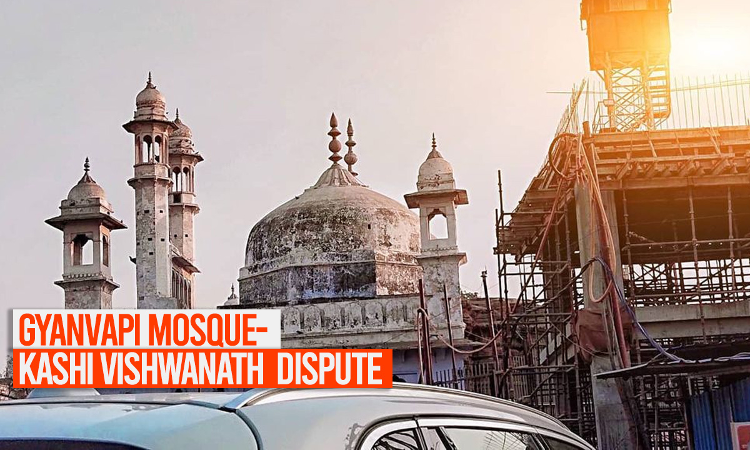- Home
- /
- News Updates
- /
- Religious Nature Of Gyanvapi Mosque...
Religious Nature Of Gyanvapi Mosque Premises 'Doubtful', Places Of Worship Act No Bar To Hindu Party's Suit: Varanasi Court
Sparsh Upadhyay
17 Nov 2022 6:32 PM IST
While holding a title suit praying to hand over the possession of the Gyanvapi Mosque premises to Lord Adi Vishweshwar Virajman (Swayambhu) and others as MAINTAINABLE, the Varanasi Court today observed that the religious nature of the Gyanvapi Mosque premises is 'doubtful' and therefore, the Places Of Worship Act won't be a bar to such a suit.Importantly, dismissing the Order 7 Rule 11 CPC...
Tags
Places of Worship Act#Places of Worship ActVaranasi CourtGyanvapi Mosque#Gyanvapi Mosque.kashi gyanvapi mosque DisputeGyanvapi Mosque-Kashi Vishwanath Temple disputeGyanvapi Mosque DisputeKashi Vishwanath temple-Gyanvapi mosqueKashi Vishwanath-Gyanvapi Mosque disputeKashi Vishwanath Temple-Gyanvapi Mosque dispute caseKashi Vishwanath temple-Gyanvapi mosque disputeOrder 7 Rule 11 CPCOrder VII Rule 11Rejection of PlaintFast Track Court of Civil judge (senior division) Mahendra Kumar PandeyLord Adi Vishweshwar Virajman (Swayambhu)
Next Story



